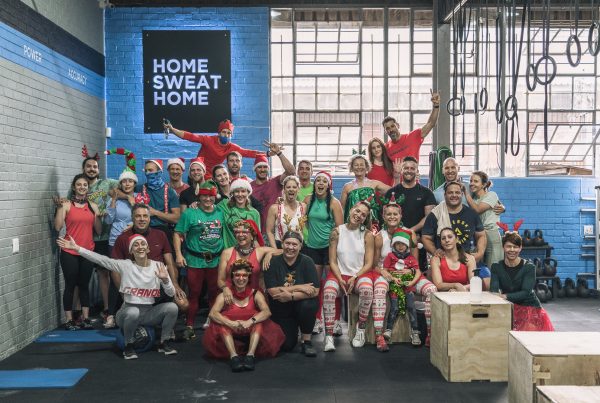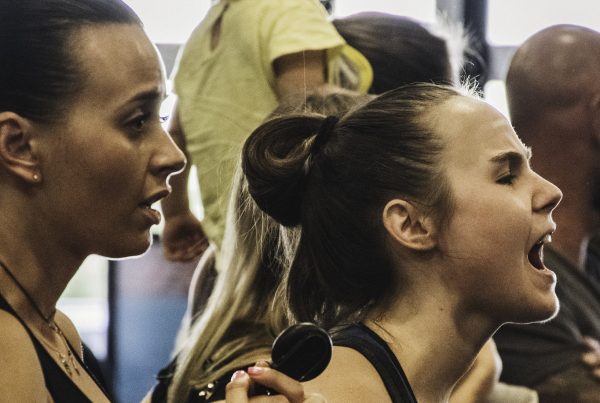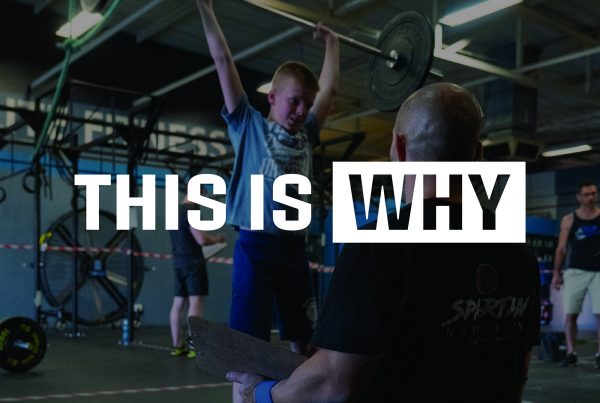In Tuesday’s CrossFit class this week we worked on the split clean. It’s a movement that has very rarely come up, but one that has a long history. Longer than the squat clean, in fact! You can read more about why we would use the split clean here. Darren of CFNZ and I share pretty much the same thoughts. The movement generated a lot of interest, and I’ve been getting a ton of questions about it, many of which will be answered in Darren’s blog. But I want to talk about the concept of freestyle in human movement.
Freestyle movement could be described as movement without restriction. For example, if the workout of the day had “clean” programmed and you were able to freestyle it, you’d be able to use any method to clean the barbell from ground to shoulder. Can you imagine if we allowed you to just freestyle movements in class everyday? No, don’t imagine it, it’s chaos!
That’s not the sort of freestyle I’m referring to, though. Because it would be unsafe, even if prescribed. When I say freestyle it, I’m referring to changing, adapting or straying from fundamental positions and movements for the sake of variety and performance. Let’s look at the squat as an example. We start with teaching the air squat and solidify those positions because just about all squats use the same stance and movement pattern. We then keep you in those positions everytime we do squatting movements to ensure that you’re moving safely, effectively and efficiently. And once you’ve displayed consistently good mechanics under a variety of conditions, we introduce some freestyle.
That could be taking the feet wider than your traditional stance when doing wall balls to enable a more upright torso and more space for the elbows to move. It could be introducing the split clean in place of a squat clean to ensure we’re working different parts of the brain while developing other areas of fitness such as balance and coordination. It could even be a narrower stance to hit different parts of the lower limb for someone who has the mobility to.
You should be getting the idea now: Drill the basics first (and forever) – Aim for mastery – Develop consistently good mechanics under a variety of conditions – layer on some freestyle.
The best thing about that approach is that when a new and more complicated movement is thrown at you, you learn it really quickly thanks to your rock solid foundation!
It applies to just about every fundamental push, pull, and squat movement. So if you’ve developed those consistently good mechanics, play with your positions and freestyle it, within the basic restrictions of the workout. Always keep safety, effectiveness and efficiency in mind when you do.



